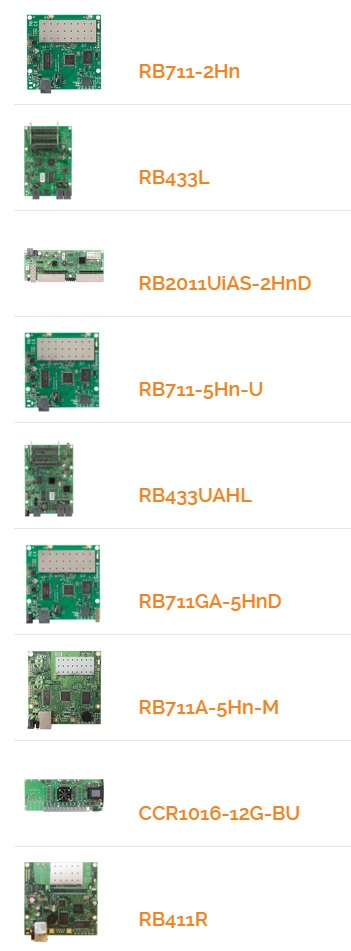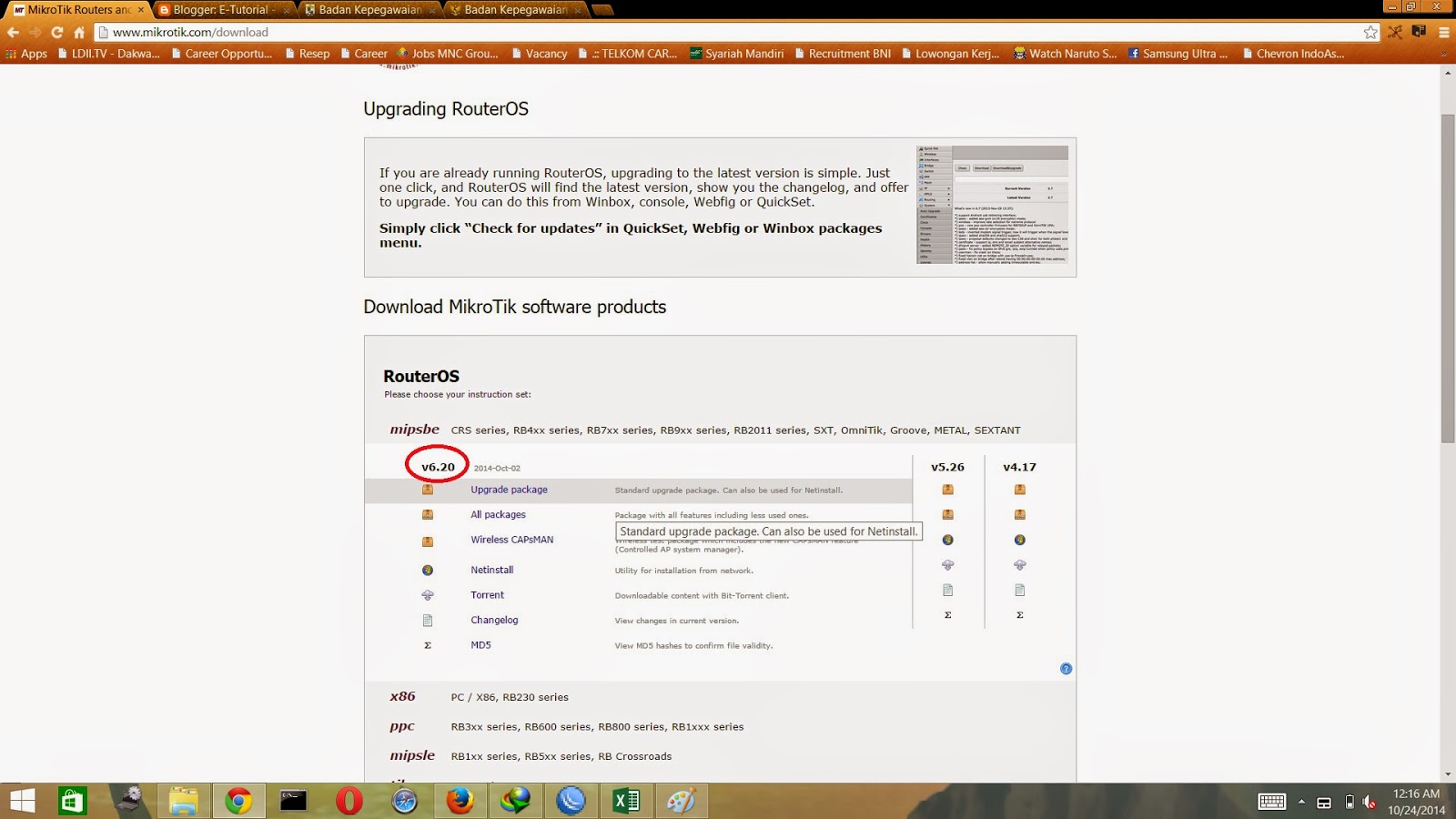
To check the currently installed firmware use the “ /interface lte info lte1 once” command: The following commands must be entered in the device terminal which can be accessed in Winboxunder the “New Terminal” menu.

Now that your device is connected via LTE we must check what firmware version we have installed, check to see if there is a new version, and install the new firmware if available. R11e-4G and R11e-LTE6 devices can also be upgraded via a file but you will need to contact Mikrotik support to obtain this. Once this is done we can move on to the LTE firmware which is provided as FOTA (Firmware Over The Air) so you must have a working LTE connection to proceed. The first step is to ensure you are running the latest version of the “long term” or “stable” release branch of RouterOS and that your Routerboard firmware is updated to match. We have established the reasons why you want to update your LTE modem, but how do you actually do it? This guide will cover how to update your MikroTik LTE modem to ensure it is performing to the best of its ability. This can often be due to having out-of-date firmware on your LTE modem which means you are missing out on stability improvements and bugfixes that Mikrotik cannot include in a RouterOS update.

You may find that you have occasional dips in performance or that your connection is unstable – dropping out completely in some cases. Going from a connect speed of 1-2Mbps or less to a high speed LTE connection is a huge jump but are you getting the best performance possible from your LTE device?

The Mikrotik LTE range offers a powerful solution to the problem of high-speed internet in rural locations.


 0 kommentar(er)
0 kommentar(er)
